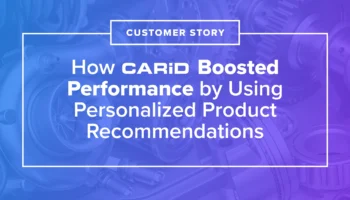For e-commerce and retail brands, maximizing Customer Lifetime Value (CLV) is key to driving profit and maintaining a competitive edge. Companies like Nike and Apple have mastered the art of personalized shopping experiences through tailored experiences such as customized workout plans and personalized product setups.
These strategies not only foster loyalty and engagement but also encourage repeat purchases, driving profit without new acquisition costs.
In this post, we’ll explore how businesses can leverage similar personalized shopping experiences to boost CLV, with practical strategies and examples to guide the way.



